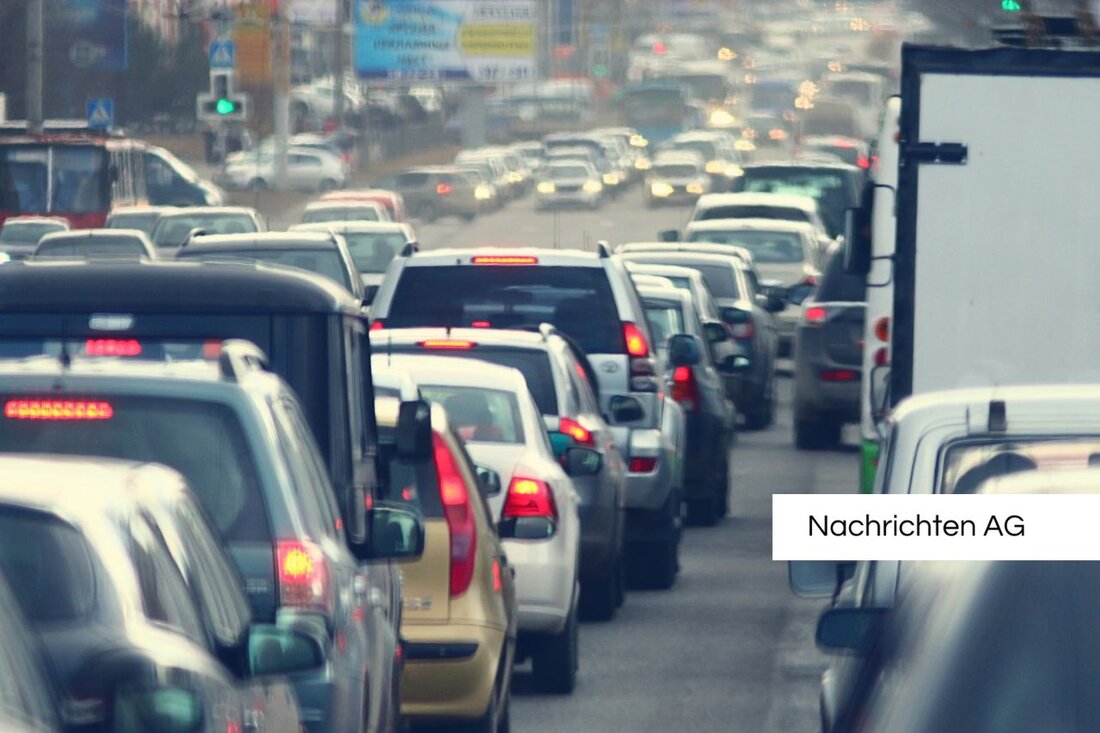Vienna blooms on: 345,000 summer flowers transform the city!
Vienna starts the summer flower planting in 2025 with over 345,000 flowers for biodiversity and a colorful cityscape.

Vienna blooms on: 345,000 summer flowers transform the city!
The city of Vienna opened the plant season of the summer flowers on June 6, 2025 by planting more than 345,000 flowers in over 500 "exchange -floral beds". The city thus contributes to a colorful cityscape, which is supposed to shine at the end of the month in fresh green, bright white and sunny yellow. Jürgen Czernohorszky, the climate city council, emphasized the importance of these flowers for biodiversity and expressed his thanks to the committed city gardeners. wien.gv.at reports, among other things, this year Zinnie, colorful nettle, gold marie, garden-splendor, Indian flower tube and red lamp cleaner grass.
The Viennese city gardens look after around 200,000 square meters with robust grasses and perennials that thrive on nutrient -poor soils and are particularly easy to care for. Around 500 information boards set up on the flower beds provide information about the flower types used and their properties. The city gardens are increasingly relying on this green design in order to take into account the increasing temperatures and longer heat periods. dunav.at also informs that the city gardens have created local grass and perennial beds to increase the diversity of species in Vienna
robust and sustainable plant selection
The selection criteria for the plants are designed for dry resistance, low care effort and robustness. In addition to the one-year summer flowers, grass and perennial beds are increasingly being created in Vienna, as they need less water and thrive in lean soil. wien.gv.at has shown that this strategy has been pursued by the city gardens since 2017.
An important part of the new beds are gravel covers that slow down soil drying and improve the air and water permeability of the areas. The city gardens currently maintain around 136,000 square meters of these grass and perennial areas. This mixture of different plants not only offers an aesthetic added value, but also creates habitats for various insects and breeding birds.
examples of plant mixtures
The current mixtures of the city gardens are diverse. Here are some examples:
| mixture | scaffolding agent | escort dowry | ground cover | locations |
| Bensheimer mixture | junkerlilie | Kalkasten | Caucasus stork beak | Eva-Maria-Mazzucco-Platz, Simone-de-Beauvoir-Platz, Wangari-Maathai-Platz |
| red mixture | Red yarrow | spore flower | woolen ziest | under the church, Scheedgasse, Peter-Jordan-Straße |
| shadow gloss | Herbstanemone | hyacinth radio | hazelwurz | Mollardgasse, Pötzleinsdorfer Straße, Spittelauer Platz |
| dance of the grass | steppe lily | Taglilie | sun florets | Wienerbergbrücke, Adele-Jellinek-Park, Rosthorngasse |
| flower dream | royal candle | girl's eye | pearl basket | Therese-Sip-Park, Nevillebrücke, new market |
| Little Indian summer | blue indigolupine | rod brirse | night candle | Brünner Straße, Urban-Loritz-Platz, Franz-Grill-Straße |

 Suche
Suche
